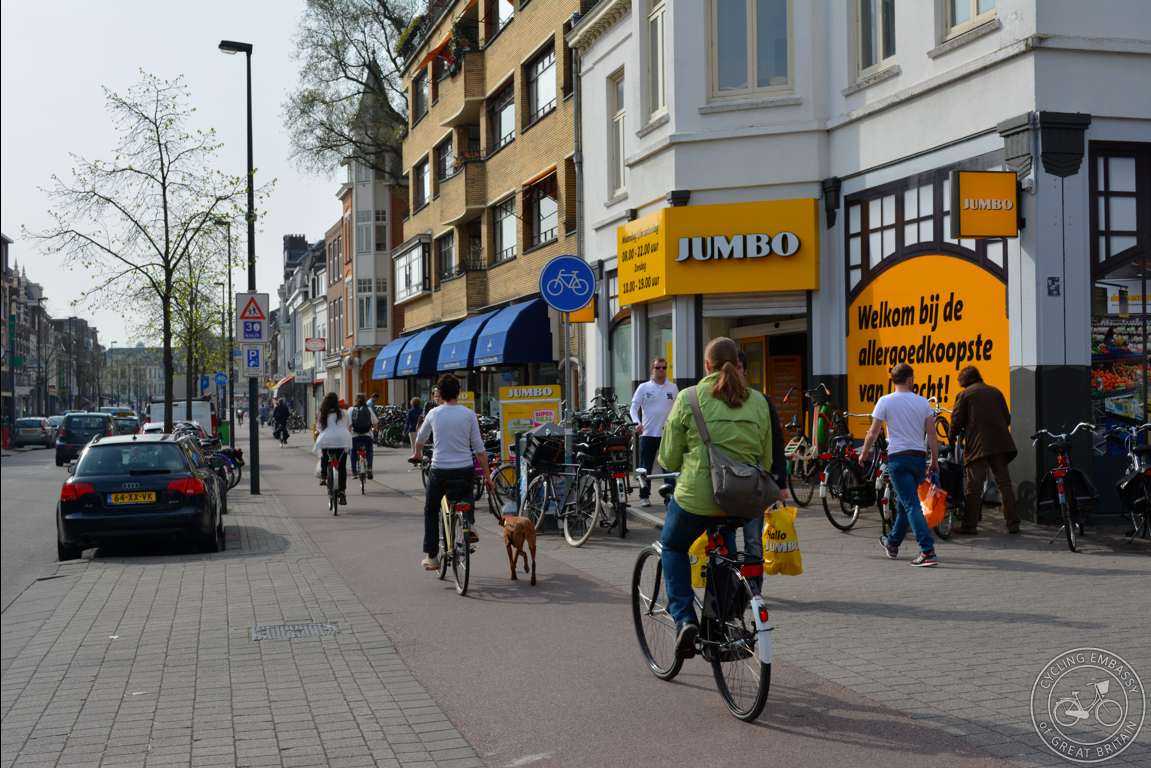The Cycling Embassy AGM – the Campaign for Real Cycle Paths

In the short time the Cycling Embassy of Great Britain has been in existence, we've seen a sea change in attitudes about the way cycling should be catered for.
Thanks to inspirational campaigning, the old model of treating bicycles as a form of motor traffic has been swept away, replaced by a more sympathetic approach that treats cycling as a mode of transport in its own right.
The debate has now shifted from what we should be doing, to how we should be doing it.
With consensus emerging, particularly in the form of the Space for Cycling campaign, about the need to prioritise the comfort and convenience of cycling, the key issue now is how that should be achieved, with detail on what should be acceptable.
For instance - should we continue to employ Advanced Stop Lines at junctions? What is stopping us (if anything) from designing proper alternatives?
Can we move beyond shared use pavements and toucan crossings? Should we accept bus lanes as cycling provision? Under what conditions is 'shared space' a suitable design approach for cycling? Are 'shared use' pavements ever satisfactory?
All these questions – and many more like them – need answers, if we are to move beyond the current hotchpotch of off-carriageway provision unsuitable for a serious mode of transport, and on-carriageway provision suitable only for a tiny minority of the population.
That's why we need a campaign for real cycle paths.
Not just 'cycle paths' in the traditional sense of segregated provision; we take 'cycle paths' to mean genuine, direct, convenient 'cycleways' - attractive routes for cycling, everywhere, through a variety of physical interventions – suitable for anyone who chooses to ride.
So we'd like to start a debate at our AGM about standards. What needs to change; what needs to be rejected; and what we need to concentrate on.
Please join us in Brighton on the 7th and 8th June.
All the details for the weekend can be found here. We also have a Lanyrd page, where you can register your interest in attending.
